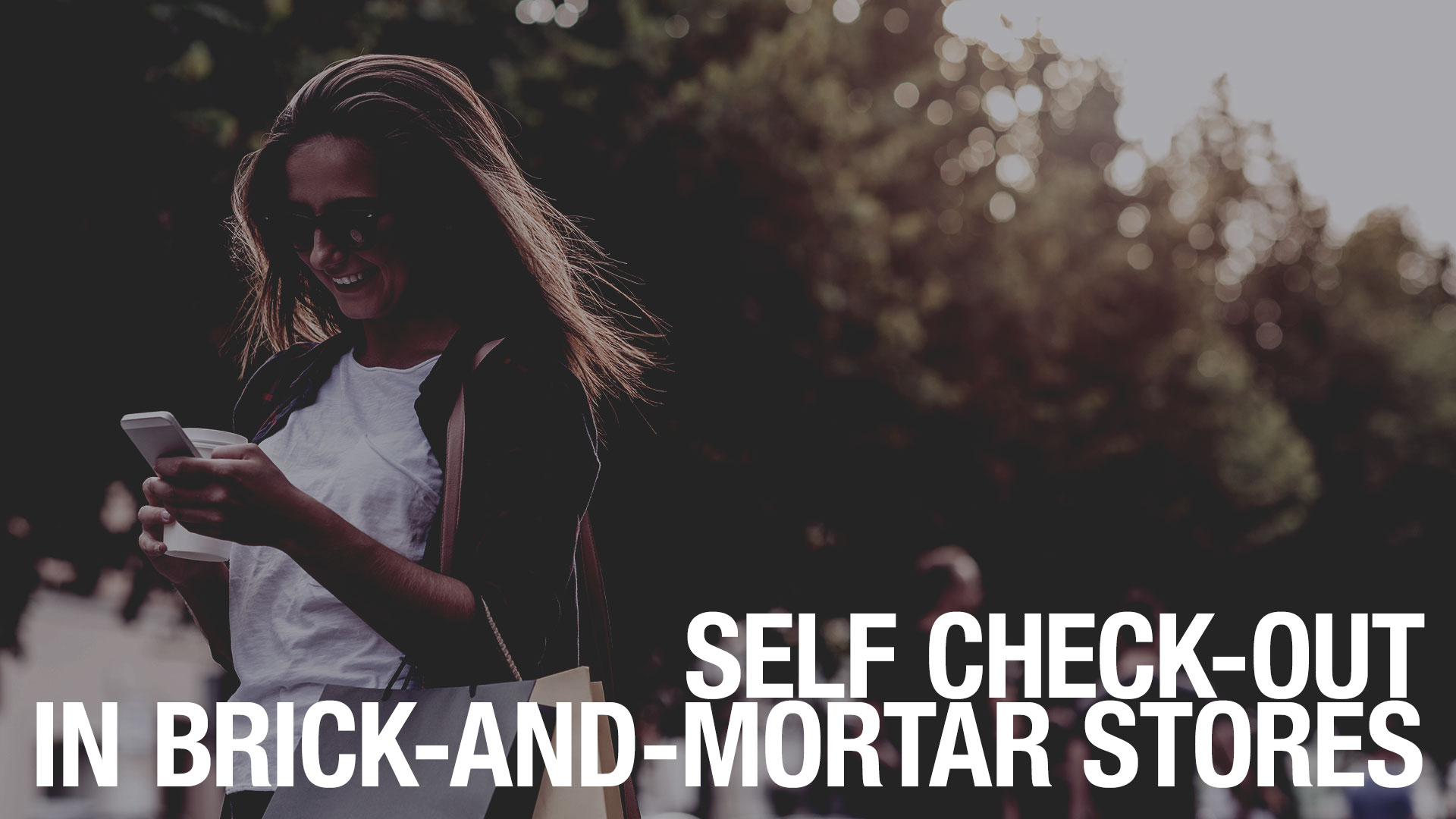A crucial part of every customer journey is the checkout process. Imagine for a minute that the online checkout would mimic the process that customers experience every day in brick and mortar stores. The resulting checkout process would require several steps that are awkward, to say the least. First of all, you’ll have to move all items from the shopping cart to a “counting area” where they are counted and the sum that you have to pay is calculated. But before you can enter this counting area, you’ll have to wait to gain admission. Depending on the number of people in the queue, this would take minutes. When entering the counting area, you’ll sometimes asked to provide your membership number (if you happen to have one) and for payment, you’ll be asked choose between cash/credit/debit cards, etc. and enter pin codes. If you return to the shop, this process starts over again.
Now compare this with the process of a typical online checkout: you click on the shopping cart and then you are asked to confirm your purchase, sometimes you are redirected to a payment provider. Normally, this takes a couple of seconds, with Amazon’s one-click buy you just need a single click. No waiting, no removing items from the shopping cart or re-entering all details every time.
We are currently working in the SOLOMON project[1, 2, 3] with our customers from book retail [4] on optimizing the checkout process and transforming the brick and mortar experience into the online experience. A central point is creating a bridge between online and offline [5, 6]. We achieve this with the help of smartphones: basically, we utilize mobile devices of the customers in the process and let them do the work, like they are used from the online experience. The result is a streamlined process that mimics the online experience in brick and mortar stores. We have already reduced the self-checkout process to two steps on the mobile device of the customer and removed the necessity to queue before customers can the leave the store. We further investigate the possibility to boil this down to a single step on the smartphone of the customer, creating a one-click checkout experience in brick and mortar stores.
[1] SOLOMON Blog
[2] SOLOMON ITEA
[3] SOLOMON Linked.in group
[4] Morawa
[5] Bridging online and offline
[6] Morawa App
